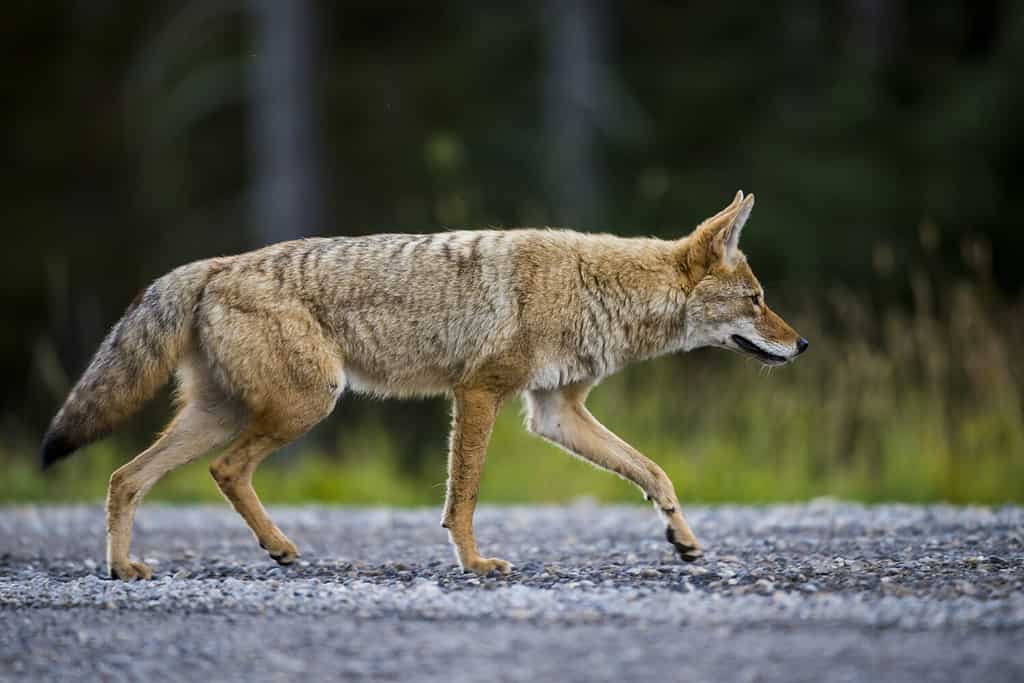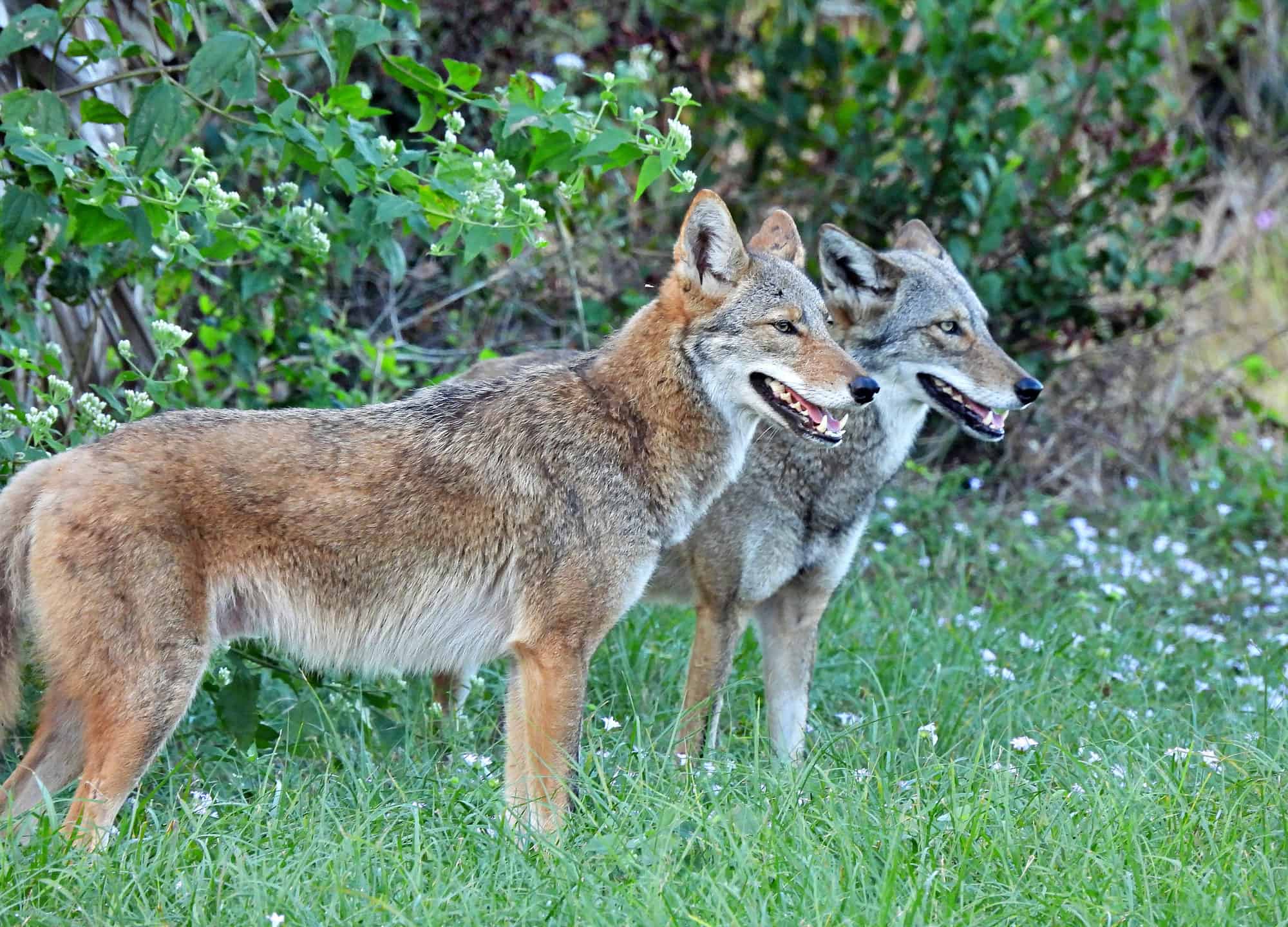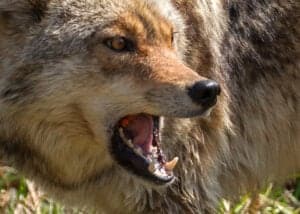While there are fights in the wild and great fights for survival, there are also many instances where the natural order of things takes over. In the case of the video posted below, we see an unusual occurrence that isn’t so unusual in the animal kingdom.
This next video takes us to the Santiago Oaks Regional Park in Orange County, California. We see a pair of coyotes that have just mated with one another. Our phrase for “attached at the hip” is not metaphorical. They are quite literally attached and unable to detach from each other.
Check out the Amazing Video Below!
This is known as a copulatory tie that occurs after a male has mated with a female and has swelled inside of her and is unable to get out. This occurrence is frequent in dogs but also occurs in wolves and foxes.
According to Daily Paws, the copulatory tie can be defined as “During intercourse, a part of the male dog’s penis called the bulbis glandis swells and prevents him from pulling out. Essentially, the pair are locked together until the swelling subsides.”
Are a Wolf and Coyote Different?

Upon first looking at a coyote and a wolf, it can be very easy to get confused at first and not know the difference. Or if there are any differences between them at all.
But we assure you there are stark differences between them! If you were to see them side by side, you probably could immediately distinguish between the two. But, in case they are not, let’s take a look at them both and see how we can tell them apart when they are alone.
Coyote (Canis latrans) Facts

The coyote population is considered to be on the rise.
©BGSmith/Shutterstock.com
The coyote of the family Canidae is of the same family as the wolf (canis lupus). They can be found in fewer locations than the wolf, however. We will see coyotes in Central America and North America mostly.
Coyotes are much smaller than wolves and are typically 75-90 centimeters (30-35 inches) long. They also weigh much less than wolves, weighing 7-21 kilograms (15-46 pounds).
A similarity coyotes share with wolves is that they also have a pack mentality. Coyote pack numbers are usually 14, between adults and puppies. However, some packs have gotten to 21 members or more.
Coyotes and wolves almost have the same speed. However, the wolf will out beat the coyote by a mere five miles per hour. The coyote can run up to speeds of 40 miles per hour.
This speed allows them to be good hunters for prey such as rabbits, mice, and deer. The coyote’s largest predators are bears, humans, and even wolves!
Now that we dove into the coyote let’s look at the wolf and see how they differ from the coyote.
Wolf (Canis lupus) Facts

It is estimated that wolves have been around for 300,000 years.
©Szczepan Klejbuk/Shutterstock.com
The wolf of the family Canidae can be found in various locations worldwide. Most particularly, their habitat resides in locations such as Africa, Asia, Central America, Eurasia, Europe, and North and South America.
Wolves grow to be three to five feet long. Full-grown adults are known to weigh anywhere from 80-150 pounds.
These animals are pack animals. Which means they live in various group sizes. Typical wolf packs are between 4-8 members. However, some wolf packs are known to reach up to 30 members in some cases.
Not only are wolves known for their ability to hunt well but also for their speed. Wolves can run as fast as 46 miles per hour. This, coupled with their tracking skills, make them amazing hunters. Wolves like to prey on deer, elk, and moose.
Wolves are easily known as apex predators in the animal kingdom. Because of this, their largest predator is humans. Wolves are hunted for their skins but also, sadly, just for sport.
Are Coyotes a Danger to Humans?
Coyote attacks on humans are considered to be very unusual. The Humane Society goes on to comically share that, as humans, we are more likely to be killed by golf balls or champagne corks than we are a coyote.
However, a tip that we always love to share here at A-Z Animals is that even though a specific wild animal attack might be considered unusual or rare does not mean it cannot happen! If an animal, particularly a wild animal, feels threatened or cornered by a human, it would respond as we would expect, with aggression.
Thank you for reading! Have some feedback for us? Contact the AZ Animals editorial team.








